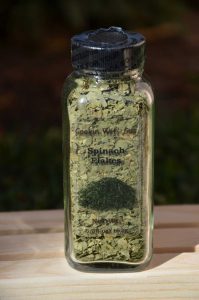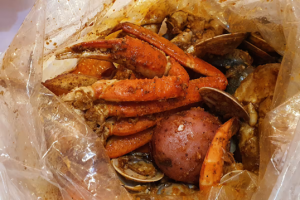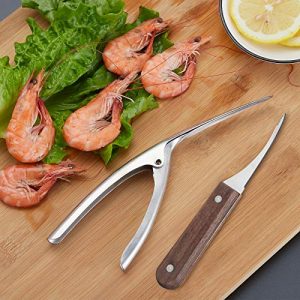Preserving Freshly Caught Fish

Preserving Freshly Caught Fish
Fish is an awesome source of healthy protein and is a part of healthy eating. Fishermen work hard to catch fish for the table. Most have their thoughts on the best way to process and preserving freshly caught fish. All post-catch processes involve chilling and/or freezing the catch. The focus here will be on preservation methods from the time the fish is caught until preserved.
There are four major methods of fish preservation and storage, namely: canning, freezing, smoking, and pickling. It is paramount to preserve high-quality fresh fish. Among all types of fresh foods, fish are vulnerable to tissue decomposition, the onset of rancidity, and microbial spoilage. Where you stand to gain more is what happens once the fish is removed from the water until it’s refrigerated.
Typically, harvested fish are simply removed from water and left to suffocate to death, unconsidered. Because fish cannot breathe out of water, it will eventually die due to oxygen deprivation. However, death caused by passive suffocation stresses a fish. This stress coupled with inadequate temperature and holding protocols, robs the consumer of the full range of expression for an individual fish. Put simply, stress has a smell, and that smell stinks. Ice is the key to fresh-tasting fish.
Pack cleaned fish in a cooler of one pound of crushed ice for every two pounds of fish. Fish held at refrigeration temperatures of 40 degrees F or lower may have a shelf life of up to three days depending on refrigerator temperature and original fish quality.
Tested Preserving Freshly Caught Fish Technique
A traditional technique used by Japanese fishermen is called Ike Jime. This process is said to reduce the stress of a newly caught fish that is struggling to breathe out of the water. When this happens, fish trigger organs that inject substances that taint the meat.
This method involves severing nerves that trigger organs to do what they’re supposed to do. Once severed, gutting and putting the fish on ice yields meat as fresh as when the fish was living. The tool used is called a “fish spike”, “Brain Spike”, or part of a “Ike Jime Kit”. There are several iterations of these devices and they do address the issue of meat taint. Once home, store fish in the coldest part of the refrigerator, ideally at temperatures below 40°F (4°C). Ice: Place fish on a bed of ice in a shallow pan, allowing melted water to drain away. This keeps fish at a low temperature. Preparation: Clean and gut the fish before freezing.
Where this process is most widely practiced is in sushi, sashimi, and their derivatives preparation. Ike Jime is said to render the highest quality fish and may not fit the model of commercial or recreational fishermen. There are many species that require rapid gutting, bleeding, and chilling as fast as possible. Many sport boats have freezers that chill “prime” species to maintain freshness. In most cases, they drop the fish live into the freezer where it dies and is later removed and fileted. To reduce fish spoilage, prioritize immediate chilling (ideally with ice), and proper storage (refrigeration or freezing), and consider preservation techniques like salting, drying, smoking, or canning.
There are fish that do not necessarily taste good. Perhaps if they are processed differently before being tossed into the cooler they may make better table fare.
Click Below to View Our Site
![]()




